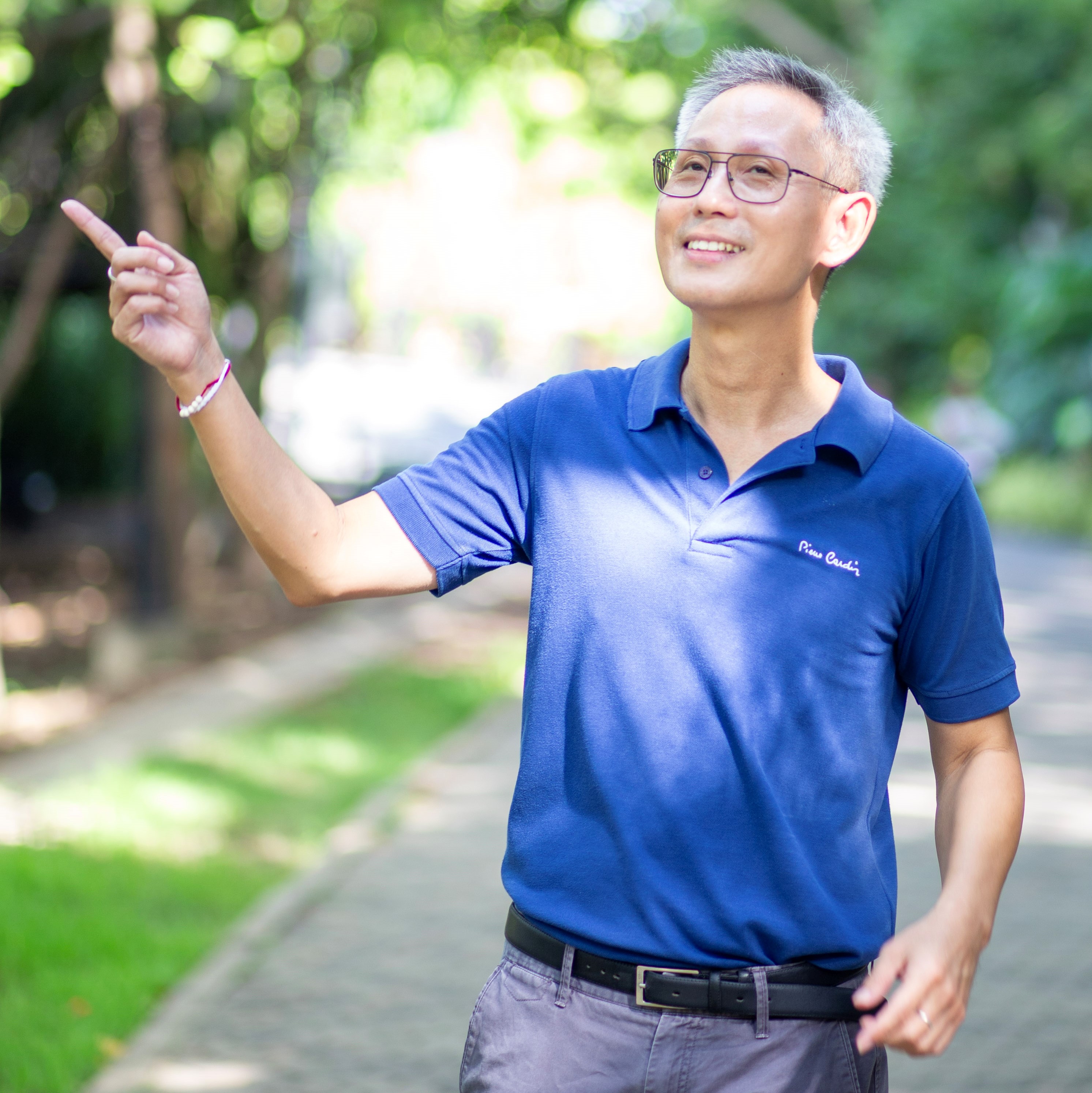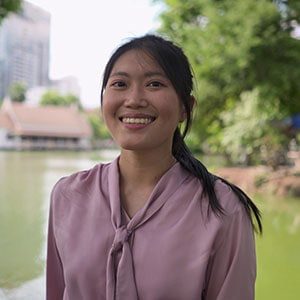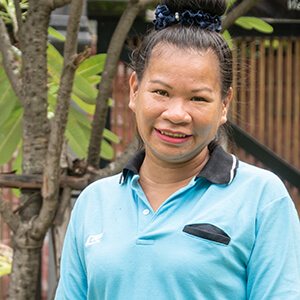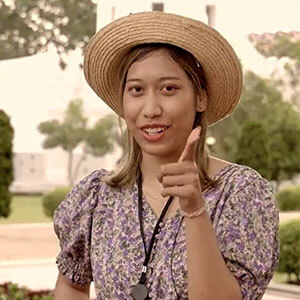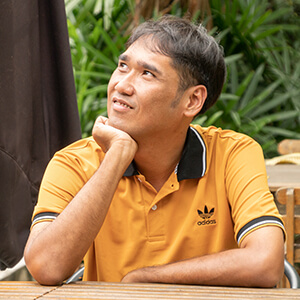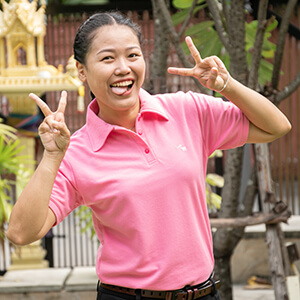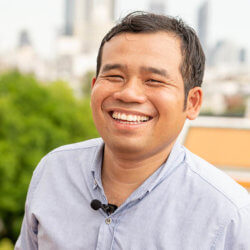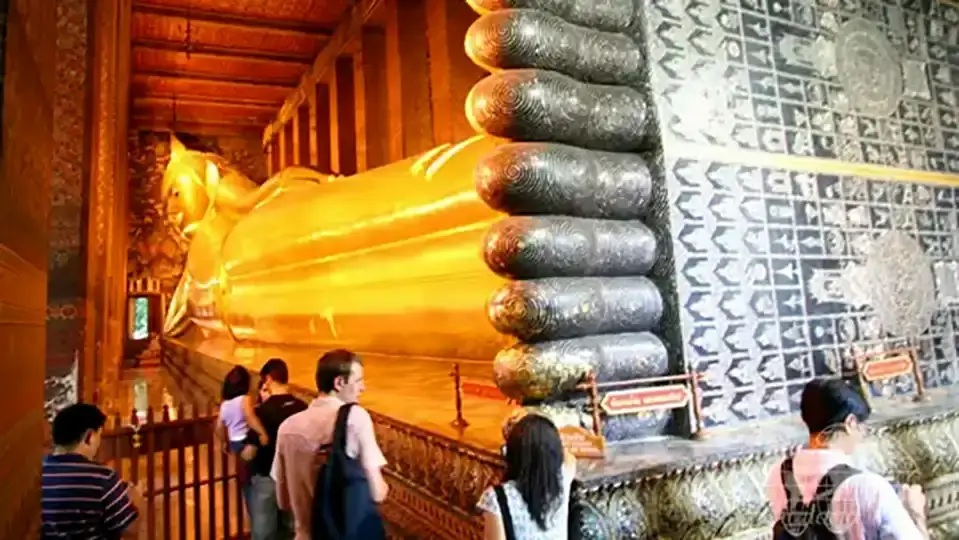
Wat Phra Chetuphon Wimon Mangkhalaram Ratchaworamahawihan, more commonly referred to as Wat Pho, is one of the six temples in Thailand that are of the highest grade of first class Royal temples. Wat Pho serves as home to the massive 46-meter long reclining Buddha image, the size of which must be experienced in person as it is simply breathtaking. The amazing feeling of taking in the sight of the enormous golden figure of the ‘enlightened one’ cannot be explained with words, and even more rarely captured in photos due to its massive size. You have to visit this amazing site to see it for yourself.
Customer feedback – “Wat Pho and the reclining Buddha is located behind the Grand Palace and the Temple of the Emerald Buddha and is a MUST-DO for any first-time visitor to Bangkok.”
If the reclining Buddha isn’t enough to impress, Wat Pho temple complex also boasts the largest collection of Buddha images in Thailand and maintains the title as the country’s earliest center for public education, specializing in religion, science and literature. Most of the Buddha images on display were brought to Wat Pho, by order of King Rama I, from abandoned temples in Ayutthaya and Sukhothai.

Kanchana ‘Kanny’ Mayteekriengkrai
Tour Guide License No. 1-034632
Many associate Wat Pho with traditional Thai massage and they are correct to do so because the temple compound is also the national headquarters for the teaching and preservation of traditional Thai medicine, including Thai massage, a mandate legislated by Rama III when the tradition was in danger of extinction.
Because of the popularity of the nearby Grand Palace, Wat Pho experiences fewer tourists and is therefore a bit more relaxing to wander through. Wat Pho is an easy ten minute walk from the Grand Palace and has plenty to offer visitors.

The highlight for most people visiting Wat Pho is, of course, the Reclining Buddha. The statue is 15 meters tall and 46 meters long, so large that it feels like it has been squeezed into the building where it is housed. The feet of the Reclining Buddha statue are 5 meters long and decorated in laksana (Buddhist Sanskrit symbols & characters) of the Buddha.
Customer feedback – “Go early before it gets too hot. Just as the Grand Palace was getting jam packed with tourists this Wat was fairly laid back. Due to the proximity to the Grand Palace and the National Museum this is obviously best done as part of an all morning itinerary.”
You will need to take your shoes off to enter most of the buildings in the temple complex, and when you enter the building where the Reclining Buddha is housed you will be offered a bowl of coins to purchase. It is considered good luck if you purchase the bowl of coins and then drop them in the 108 bronze bowls which line the length of the hall.
Other attractions at Wat Pho complex include:
- Four chapels – displaying 394 gilded Buddha images.
- Murals – Intricately detailed murals that cover the walkways around Wat Pho. They are so detailed and intricate that even if you don’t understand all the imagery you can still appreciate the artwork.
- Courtyard – Chinese statues that were once used on ships and 91 Chedis (or Stupas) decorated in ceramic pottery flowers and colorful tiles. In the courtyard, you will also find a Bodhi tree, which was grown from a part of the real tree that Buddha sat under in meditation.
After a walk around the temple there is nothing quite like a relaxing foot or head and shoulder massage. Our private tour guide can assist you with booking a massage during your visit to Wat Pho.

There are several other Bangkok attractions in the vicinity of Wat Pho. A visit to the Reclining Buddha and Wat Pho provides a good starting point for a tour to other Bangkok attractions such as the Grand Palace and Wat Phra Keaw (Temple of the Emerald Buddha), Wat Arun (Temple of Dawn), the Bangkok National Museum, and Vimarnmek Mansion.
Wat Pho is open every day from 8am until 6:30pm.
Admission Price: 300 Baht per person (free entry for children under 120 centimeters).
Things you should be aware of when visiting the Wat Pho:
- Respectful attire is required. Wat Pho is a functioning Thai Buddhist temple, and a such the management insists that visitors dress in a respectful manner. This means that men must wear long pants and short-sleeved or long-sleeved shirts (no tank tops or sleeveless shirts). Women must wear skirts or pants extending at least to the knee, and also should not wear a top that reveals bare shoulders.
- Visitors are allowed to take photographs in any area of the complex.
- It is recommended that you wear shoes that can be easily removed as you’ll need to take them off when entering any structure in the complex.

